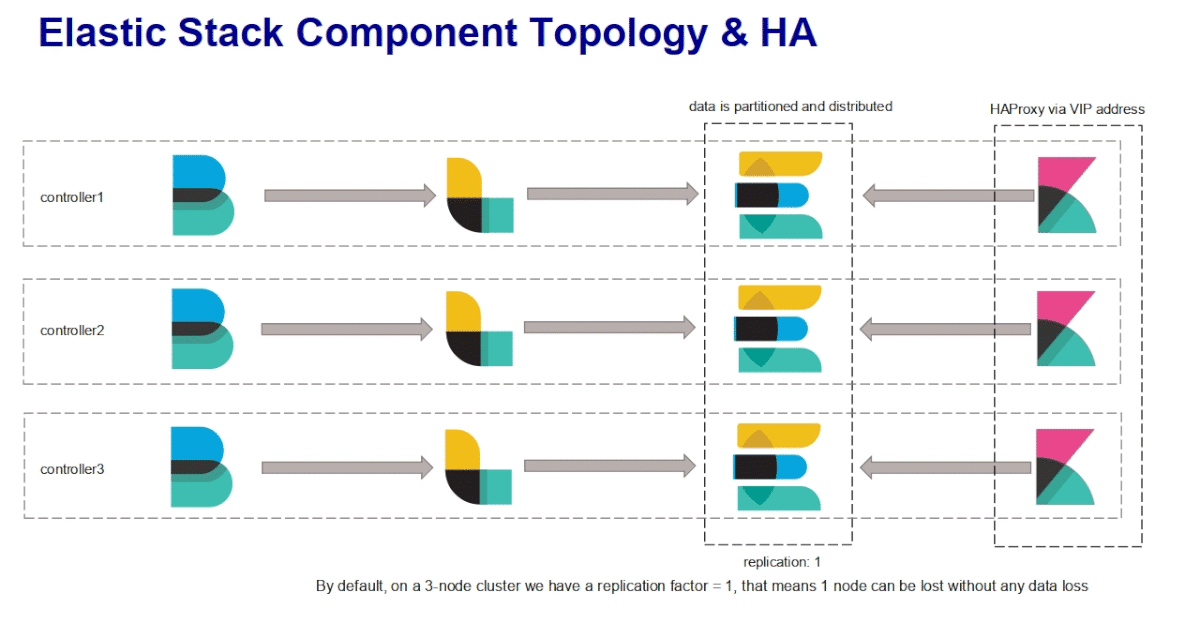Das Jahr ist in vollem Gange und ein paar unserer bisher geplanten Webinare konnten erfolgreich umgesetzt werden. Umso mehr freut es uns, dass wir den weiteren Plan für dieses vorlegen können. Neben den bereits bekannten und geplanten Themen zu Icinga for Windows
- Icinga for Windows – Aufbau eines Custom Repository [23. März 2022]
- Icinga for Windows – Automatisches Deployment [13. April 2022]
- Icinga for Windows – Eigene Plugins entwickeln [08. Juni 2022]
freuen wir uns über eine Vielzahl von Elastic Webinaren! Ziel soll es hier sein, einen rudimentären Überblick zu erlangen, was der Elastic Stack ist und welche Vorteile er bietet, aber natürlich auch, wie man diesen installiert, konfiguriert und erweitert. Aus diesem Grund haben wir ganze fünf Webinare eingeplant, um darüber zu sprechen! Damit haben wir eine sehr gute Abdeckung über die Basisthemen und können künftig weiter darauf aufbauen und gezielter auf Spezialthemen eingehen.
- Elastic: Neuheiten in Version 8 [16. März 2022]
- Elastic: Grundinstallation und Einrichtung [06. April 2022]
- Elastic: Was sind Beats [11. Mai 2022]
- Elastic: Dashboards mit Kibana [25. Mai 2022]
- Elastic: Was beinhaltet ENTERPRISE [15. Juni 2022]
Neben diesen ganzen Themen freuen wir uns natürlich auch bereits auf Phase 3 und Phase 4 unserer Webinare in 2022. Phase 3 wird dabei verstärkt den Fokus auf Graylog legen, während Phase 4 einige allgemeine Icinga Themen mit aufnehmen wird.
Wer direkt über Neuigkeiten informiert werden möchte, sollte unseren YouTube Kanal abonnieren um nichts zu verpassen! Wir freuen uns, gemeinsam mit allen zuschauern diese Themen durchgehen zu können!




















